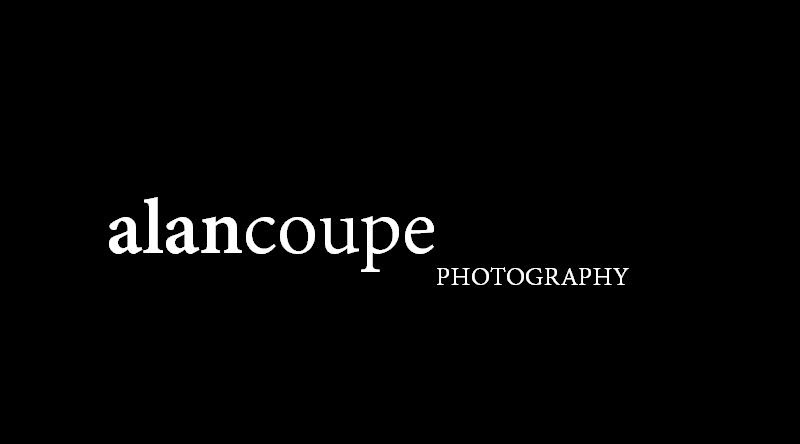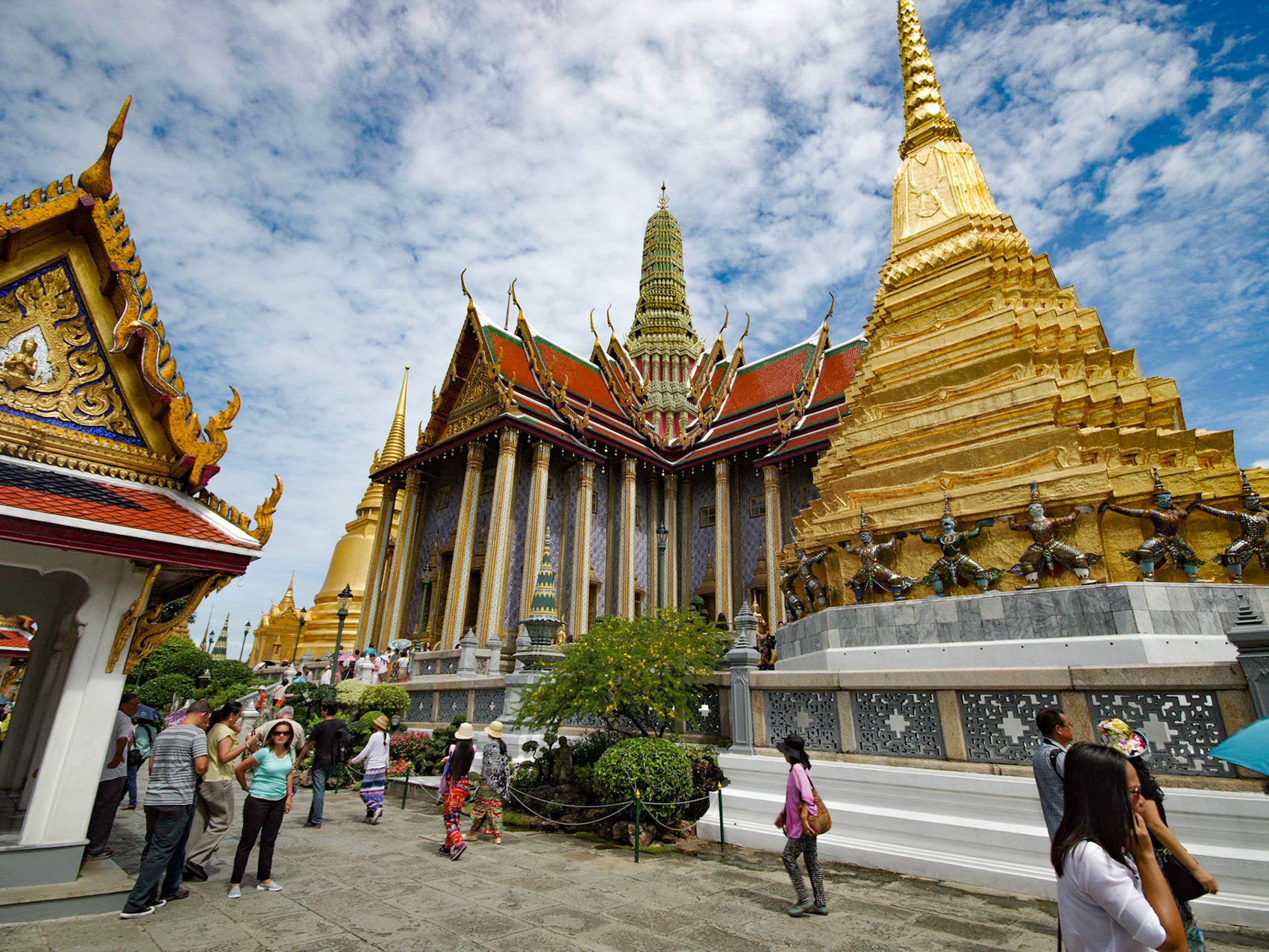Recently (2023), I realised that I hadn’t uploaded an album on my travels to Peru. So I started to look again at my images. I went there at the end of 2010 so the photos you see are some of the oldest on this website.
I had travelled there from Ecuador and the Galapagos islands and began and ended my journey in Lima, the capital where I sampled the most amazing ceviches. After a flight to Puerto Maldonado, I journeyed by boat to an Amazon jungle eco-lodge. I really enjoyed this adventure and saw many things including lots of birds, butterflies, caimans, monkeys and giant river otters in an oxbow lake. Photography can be difficult in the jungle, particularly with the equipment I possessed at the time, and I spent most of my days admiring the plants and trees and watching wildlife with my binoculars, although you will see one image of parakeets on a clay bank.
I then went to the former Inca capital, Cusco, where there are archaeological remains as well as fine Spanish colonial buildings and a central square. From here you can visit the Sacred Valley which is rich in history.
From Cusco I took a train to Aguas Calientes which has developed as a tourist town for visitors to Machu Picchu. A very early bus journey the next day took me to this amazing World Heritage Site, just as dawn was breaking, my first view was truly breathtaking. Machu Picchu is a 15th-century Inca citadel situated at a height of 2430m. It was abandoned by the Incas in the mid-16th century after the Spanish conquest and was not rediscovered until a few hundred years later.
From Cusco to Puno by bus takes several hours and includes the long La Raya Pass which reaches an altitude of 4352m (14,278 ft) before descending into Puno. This regional capital was founded in the 17th century and has Spanish colonial architecture. At 3826m you certainly noticed the lower oxygen levels here and going up the stairs to my hotel bedroom was quite a struggle!
Lake Titicaca is close to Puno and is probably the highest navigable lake in the world. It is also truly vast and includes several islands. On the lake, there are also over a hundred man-made floating islets. The indigenous Uros people make these by stacking layers upon layers of totora roots and leaves. This plant is water-resistant and is used to make their houses, roofs, boats and many other items. The plant is also eaten and used for medicine. Whilst wider modern developments and tourism have altered the life on the lake somewhat, it is a pleasure to see and to be able to interact with the local people.
Near Puno is the Sillustani archaeological site where there are pre-Inca funeral towers set against a stunning landscape.
Writing this introduction has brought back memories of the Amazon jungle, the high Andes, the amazing engineering prowess of the Incas, the Peruvian people, and the country's culinary delights. It has also made me reflect again on the negative impacts of colonialism which I have also witnessed on many of my travels and on the discrimination that still exists against native ethnic groups.

Parakeets Amazon jungle

Mother and daughter Peru

Sacred Valley Peru

Sacred Valley Peru

Sacred Valley Peru

Peruvian landscape

Peruvian landscape

Sillustrani near Puno

Sillustrani near Puno

Pre-Inca funeral tower Sillustrani

Machu Picchu

Machu Picchu

Machu Picchu
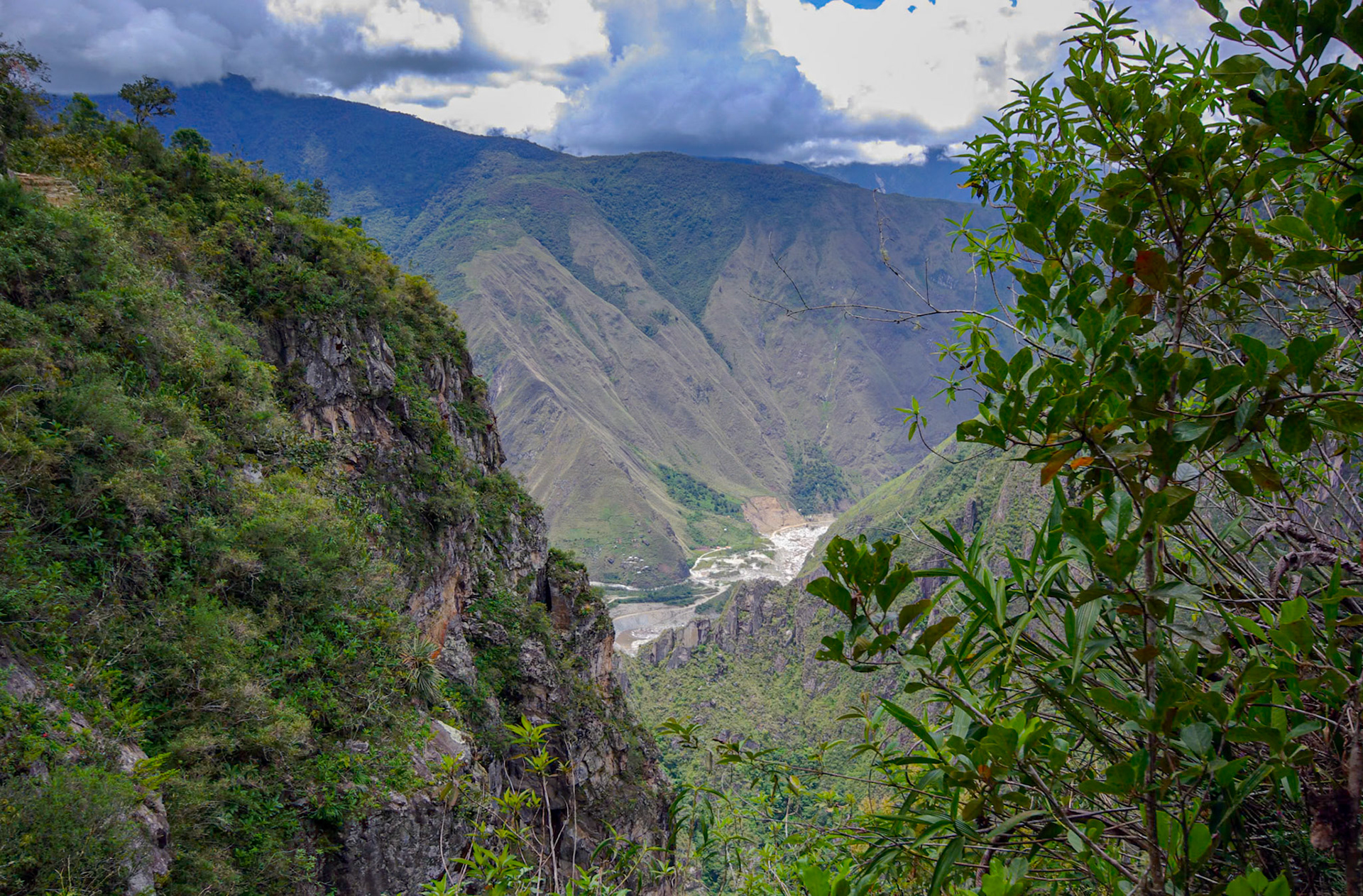
Machu Picchu looking down towards thpicce valley near Aguas Calientes

View of the high Andes from La Raya Pass (4352m)

Lake Titicaca
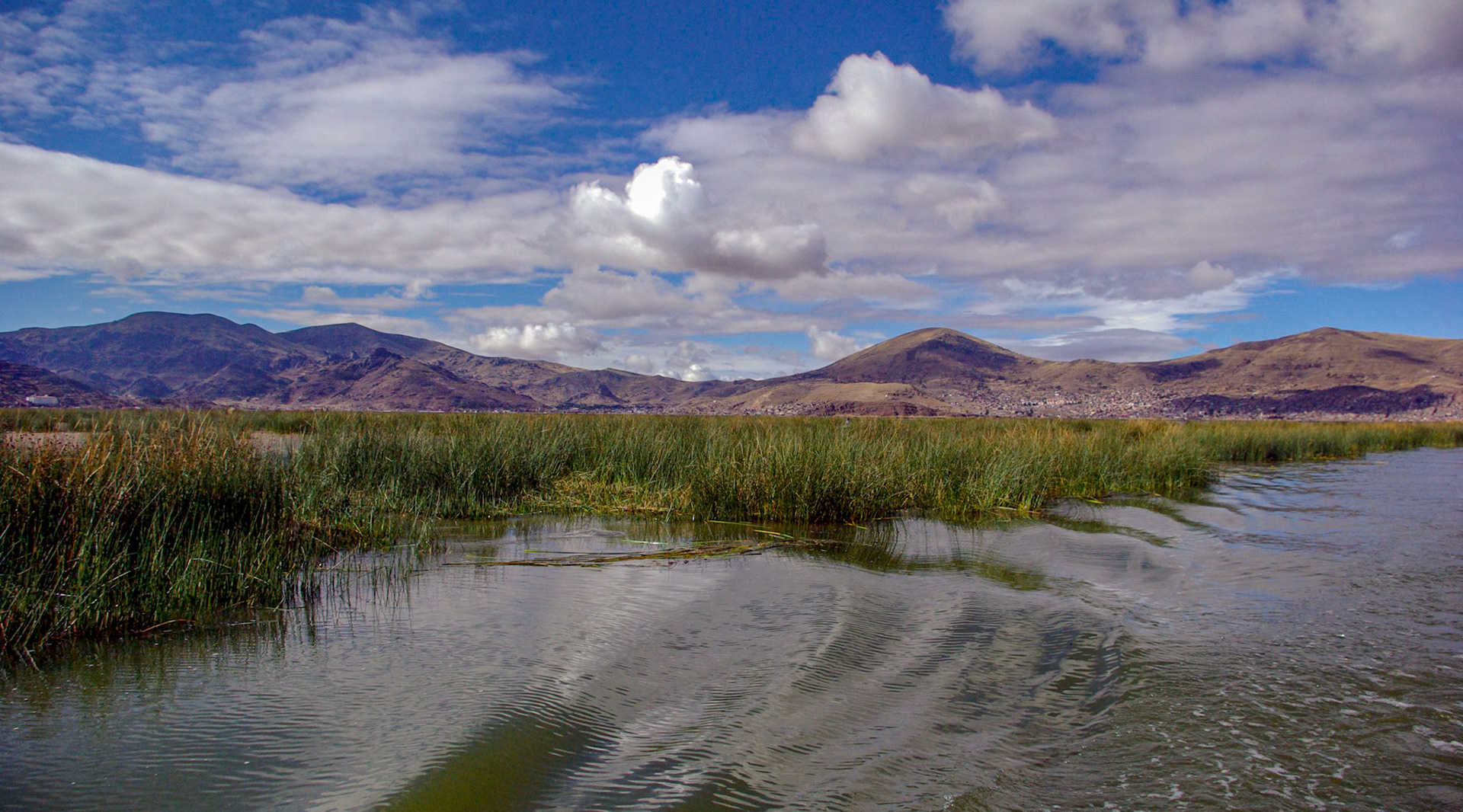
Lake Tiicaca

Lake Titicaca

Uros people on Lake Titicaca

Tradiitonal boats of the Uros people
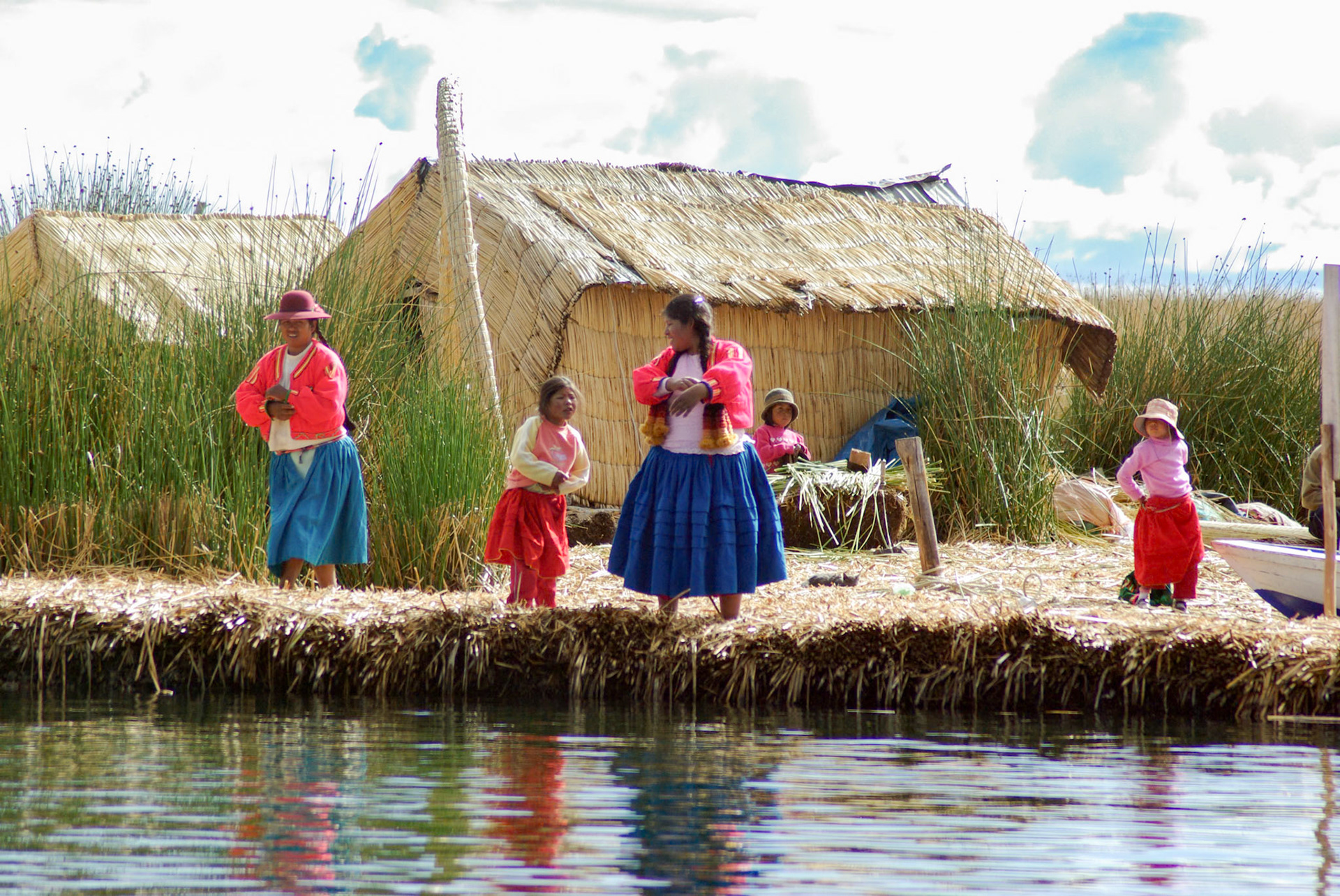
Uros people on Lake Titicaca

